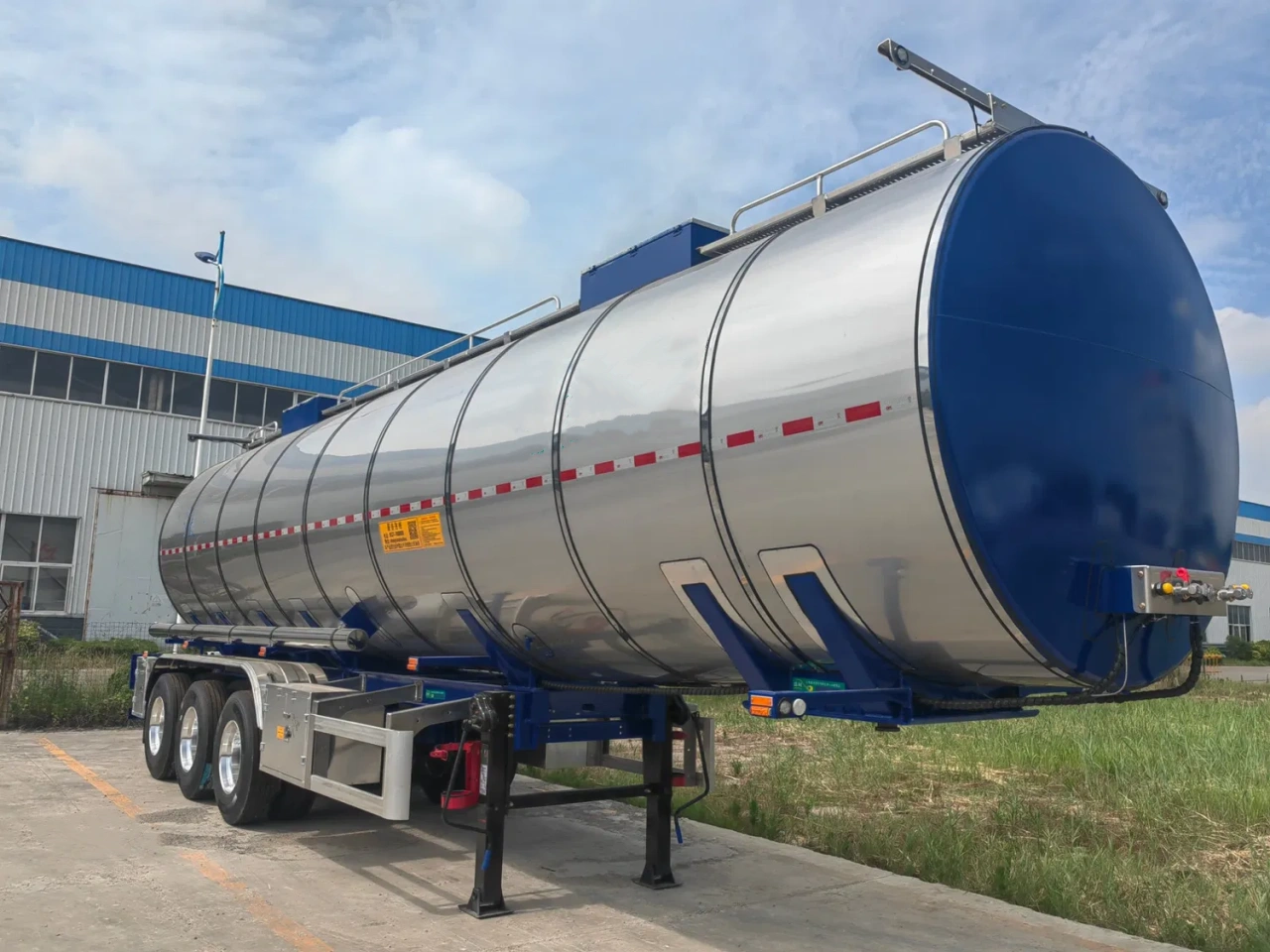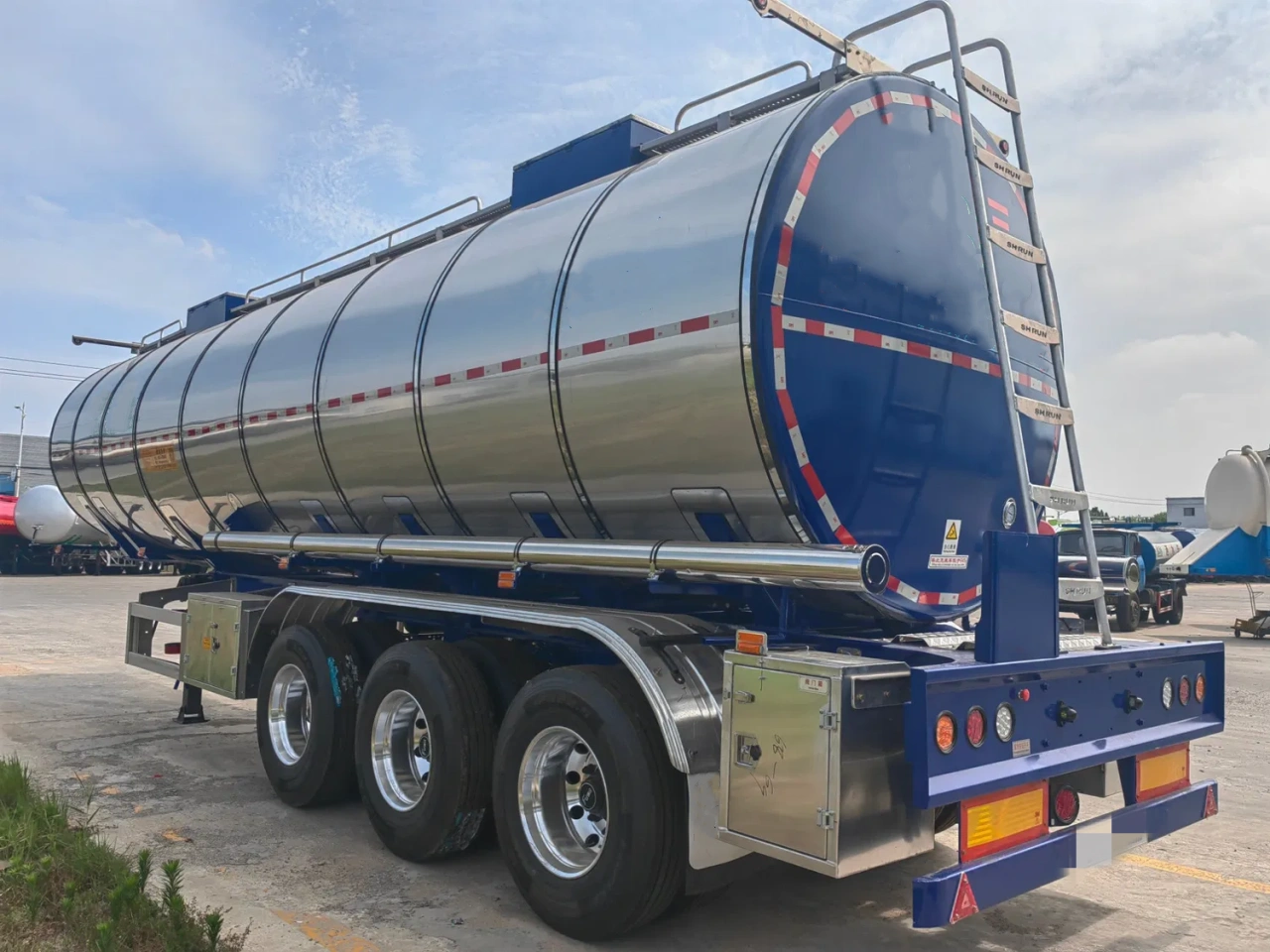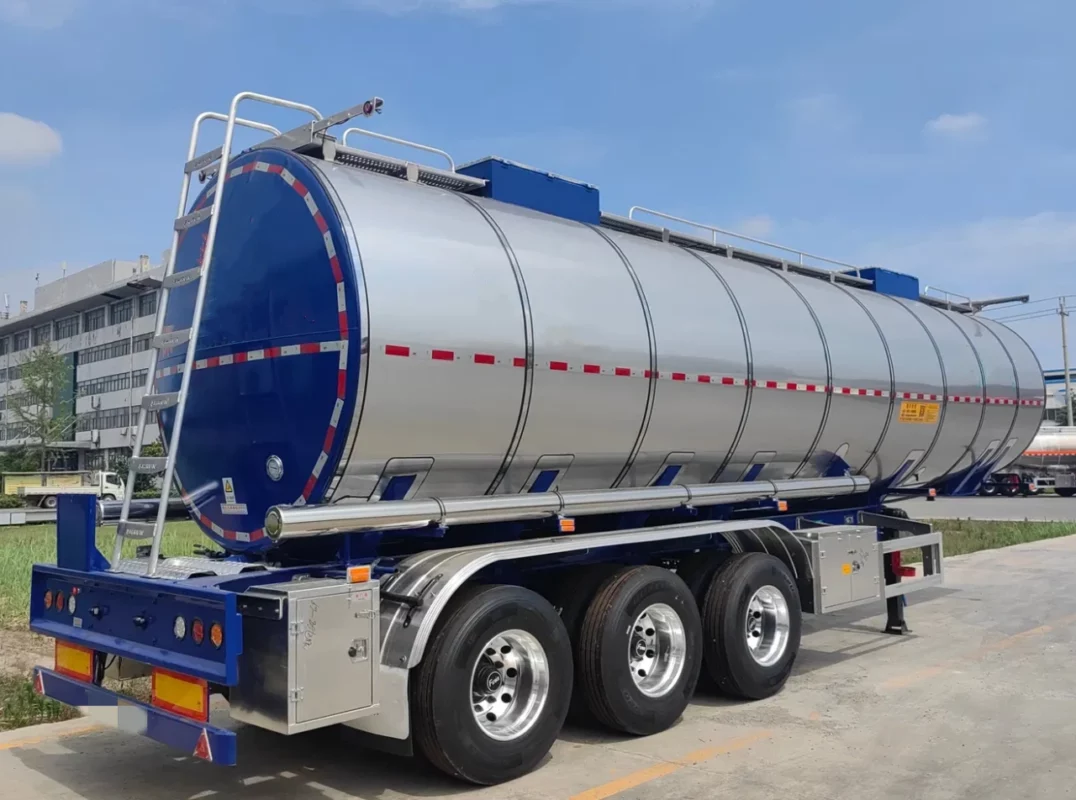When discussing transportation and logistics, terms like “semi” and “trailer” are often used interchangeably. However, they refer to distinct components of the trucking industry. Understanding the difference between the 2 is essential for those involved in freight transport, fleet management, and even consumers looking to comprehend how goods move across long distances. This article will explore the differences between semis and trailers, their functions, and how they operate in the logistics sector.
Understanding the Basics
What is a Semi?
The term “semi” is short for “semi-truck” or “semi-tractor.” It refers to the front part of a truck that houses the engine, driver’s cabin, and other critical components. A semi-truck is designed to pull trailers and transport goods over long distances. Unlike a standalone vehicle, a semi-truck cannot function effectively without being attached to a trailer.
A semi-truck typically consists of:
- Tractor Unit: This is a powered vehicle that contains the engine and the driver’s compartment.
- Fifth Wheel Coupling: This is the coupling device that connects the truck to the trailer.
- Axles and Wheels: A semi-truck has multiple axles to support heavy loads and distribute weight efficiently.
What is a Trailer?
A trailer is a cargo-carrying unit that attaches to the semi-truck via the fifth wheel coupling. It is unpowered, meaning it cannot move on its own and relies entirely on the semi-truck for mobility. Trailers come in various types, each designed for specific cargo needs, including dry vans, refrigerated trailers, flatbeds, and tankers.
Key characteristics of trailers include:
- Cargo Space: Designed to transport a wide range of goods, from consumer products to industrial equipment.
- Axles and Wheels: Unlike a full truck, a trailer has axles positioned at the rear to help with load distribution.
- Types and Customization: Different trailers are used based on cargo requirements, including enclosed, open, or specialized configurations.

Key Differences Between a Semi and a Trailer
1. Power and Functionality
- Semi-Truck: A self-powered vehicle that includes an engine and drivetrain, capable of pulling various types of trailers.
- Trailer: A non-powered cargo unit that relies on a semi-truck for movement.
2. Design and Structure
- Semi-Truck: Includes a cab for the driver and engine components.
- Trailer: Lacks a driver’s compartment and engine, focusing entirely on cargo space.
3. Purpose and Use
- Semi-Truck: Serves as the driving force behind freight transportation, offering the ability to switch between different trailers as needed.
- Trailer: Primarily designed to carry cargo and is often swapped between trucks depending on logistics requirements.
4. Variability in Types
- Semi-Trucks: These can vary in configurations such as day cabs (short-haul) or sleeper cabs (long-haul) and come with different axle configurations.
- Trailers: Available in multiple designs, including:
- Dry Van Trailers: Enclosed trailers used for general cargo.
- Refrigerated Trailers: Temperature-controlled units for perishable goods.
- Flatbed Trailers: Open trailers for oversized or irregular loads.
- Tank Trailers: Designed for transporting liquids, chemicals, or gases.
How Semis and Trailers Work Together
The relationship between a semi-truck and a trailer is crucial in the transportation industry. The semi-truck provides the power and mobility needed to transport goods, while the trailer offers the storage and cargo-holding capacity. The two are connected through the fifth wheel coupling, ensuring stability and efficient load distribution.
Hitching and Unhitching Process
Attaching a trailer to a semi-truck involves several steps:
- Positioning the Truck: The semi-truck aligns with the trailer’s kingpin.
- Engaging the Fifth Wheel: The kingpin of the trailer locks into the fifth wheel coupling on the truck.
- Securing the Connection: Safety latches and locks are checked to ensure stability.
- Testing the Connection: Drivers perform a pull test to confirm a secure attachment.
Unhitching is the reverse process, ensuring that the trailer is safely detached when needed.

Common Misconceptions About Semis and Trailers
1. “A Semi-Truck is the Same as an 18-Wheeler”
While semi-trucks are commonly part of an 18-wheeler setup, the term “18-wheeler” refers to the total number of wheels, including those on both the truck and trailer.
2. “A Trailer Can Operate on Its Own”
Since a trailer has no engine or self-propelling mechanism, it cannot function independently and requires a semi-truck for movement.
3. “All Semi-Trucks Are the Same”
Semi-trucks come in various models and configurations, tailored to specific freight needs, including sleeper cabs for long-haul drivers and day cabs for regional deliveries.
Importance in Logistics and Transportation
The combination of semis and trailers plays a crucial role in the global supply chain. They enable efficient movement of goods, reduce shipping costs by maximizing cargo loads, and offer flexibility in freight transport. The ability to detach and reattach trailers allows for streamlined operations, minimizing downtime and optimizing delivery schedules.

Conclusion
The distinction between a semi and a trailer is fundamental in understanding the logistics industry. A semi-truck is a powered vehicle that pulls a trailer, while a trailer is the cargo unit that carries goods. Their interdependence makes freight transportation efficient, ensuring that products reach their destinations quickly and safely. Whether you’re a truck driver, fleet manager, or simply someone interested in transportation, knowing the difference between these 2 components enhances your understanding of how goods move across the world.

